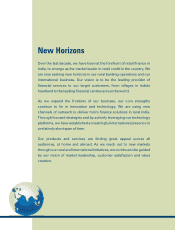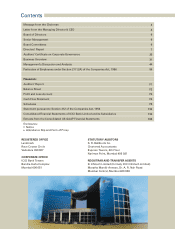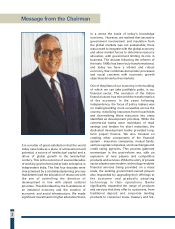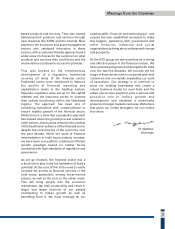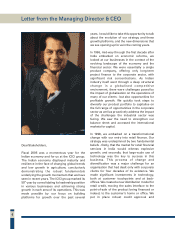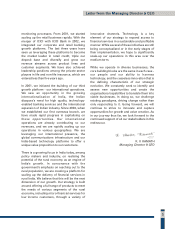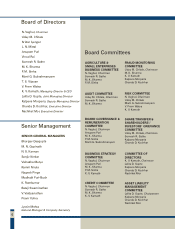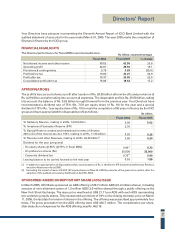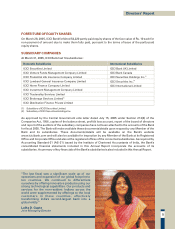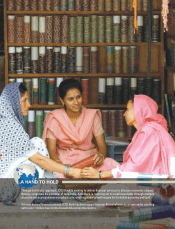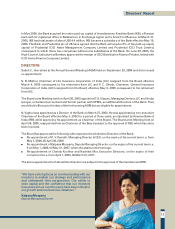ICICI Bank 2005 Annual Report Download - page 4
Download and view the complete annual report
Please find page 4 of the 2005 ICICI Bank annual report below. You can navigate through the pages in the report by either clicking on the pages listed below, or by using the keyword search tool below to find specific information within the annual report.
It is a matter of great satisfaction that the world
today sees India as a place of achievement and
potential, a source of intellectual capital and a
driver of global growth in the twenty-first
century. This is the outcome of several decades
of work by government and private enterprise in
independent India. The first four decades were
characterised by a centralised planning process
that determined the allocation of resources with
the aim of controlling the direction of
development in line with stated national
priorities. This did indeed lay the foundations of
an industrial economy and the creation of
economic and social infrastructure. We made
significant investment in higher education that is
Message from the Chairman
2
in a sense the basis of today’s knowledge
economy. However, we realised that excessive
government involvement and insulation from
the global markets was not sustainable; there
was a need to integrate with the global economy
and allow market forces to determine resource
allocation, with government limiting its role in
business. The decade following the reforms of
the early 1990s has been truly transformational,
and today we have a vibrant and robust
economy, that combines democratic processes
and social concerns with economic growth
objectives driven by free markets.
One of the pillars of our economy, in the building
of which we can take justifiable pride, is our
financial sector. The evolution of the Indian
financial sector has mirrored the transformation
of the economy. I n the years followin g
independence, the focus of policy makers was
on making banking more accessible across the
country, mobilising resources from households
and channelising these resources into areas
identified as development priorities. While the
commercial banks were mobilisers of retail
savings and lenders for short maturities, the
dedicated development banks provided long-
term project finance. We also focused on
creating other components of the financial
system - insurance companies, mutual funds,
venture capital companies, stock exchanges and
credit rating agencies. This process gathered
momentum in the post-reform era, with an
explosion of new players and competitive
products and services. While the entry of private
sector players saw modern, technology-enabled
financial services being provided on a mass
scale, the existing government-owned players
also responded by upgrading their offerings to
the customer and gradually adopting
technology in their operations. Banks
significantly expanded the range of products
and services that they offer to customers, from
traditional deposit and corporate len ding
products to consumer loans, treasury and fee-
Dickenson Tel: 022-2625 2282


